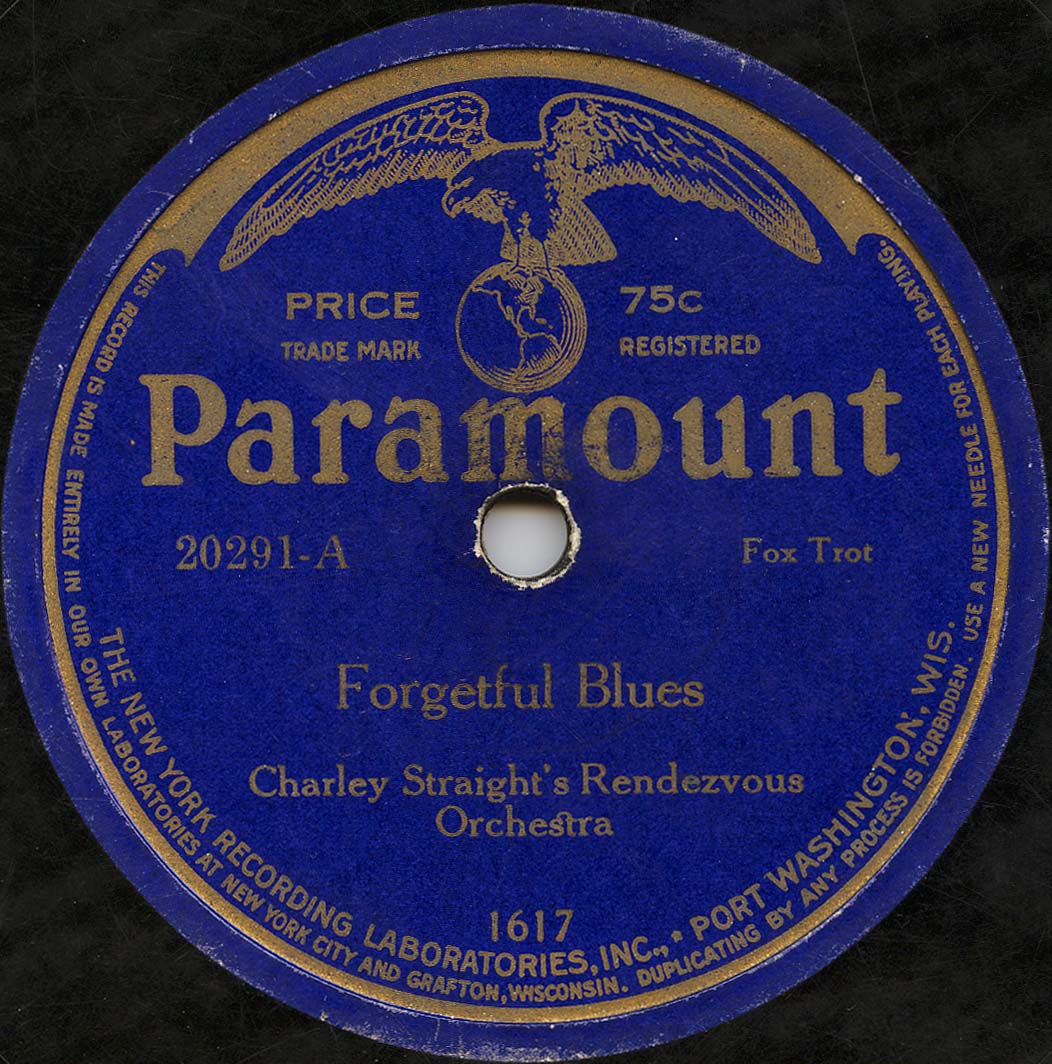The history of American music—the blues, jazz, gospel, etc.—has been told, and sold, so many times over that it seems hard to justify yet another retrospective. And yet, I for one am very happy to see the huge two-volume box set The Rise & Fall of Paramount Records appear on the scene. Granted, I can’t cough up $800 for, in total, 1600 remastered digital tracks, 12 LPs, 900 pages of artist bios, portraits, discographies, and fully-restored advertisements from the Midwestern musical powerhouse of the 20s and 30s. And that’s not to mention the beautiful, period packaging, “first-of-its-kind music and image player app… housed on custom metal USB drive,” and more. But even those of us too skint to afford all the glorious swag can sample some of the fruit of the enormous labors that went into this joint production of Jack White’s Third Man Records and folk guitar hero John Fahey’s Revenant Records (if only by proxy). And we can learn a little about the labors that went in to making the original records themselves.
Just above, we have a beautiful handmade video by Kelli Anderson which “recreates the inner workings of the defunct Paramount Records Factory (where records by artists like Blind Lemon Jefferson, Louis Armstrong and Charley Patton were pressed in the 1920s and ‘30s).” Made “entirely from paper atop a plywood set,” the stop-motion animation simulates the production of Paramount’s “race records,” accompanied by Charley Patton’s 1930 “High Water Everywhere, Part 1,” whose “thick, analog noise,” Anderson writes on her blog, “is a reminder that some of history’s most inventive musicians were recorded on the most inferior equipment of their day.” She quotes Dean Blackwood of Revenant, who writes that the Paramount factory “sat perched above the Milwaukee River riverbed. Dirt from that riverbed was one of the key ingredients in their shellac dough, which was lower on shellac content and higher on unexpected components like riverbed clay, cotton flock, and lamp black.”
But from these humble, dirty, cheap materials came a sound like no other—one that can never be duplicated and which deserves the highest quality preservation. Just above, see a video trailer for volume 1 of the massive box set, and read much more about this project at Third Man’s site (Volume 1, Volume 2).
Related Content:
‘Boom Boom’ and ‘Hobo Blues’: Great Performances by John Lee Hooker
Josh Jones is a writer and musician based in Durham, NC. Follow him at @jdmagness



Leave a Reply